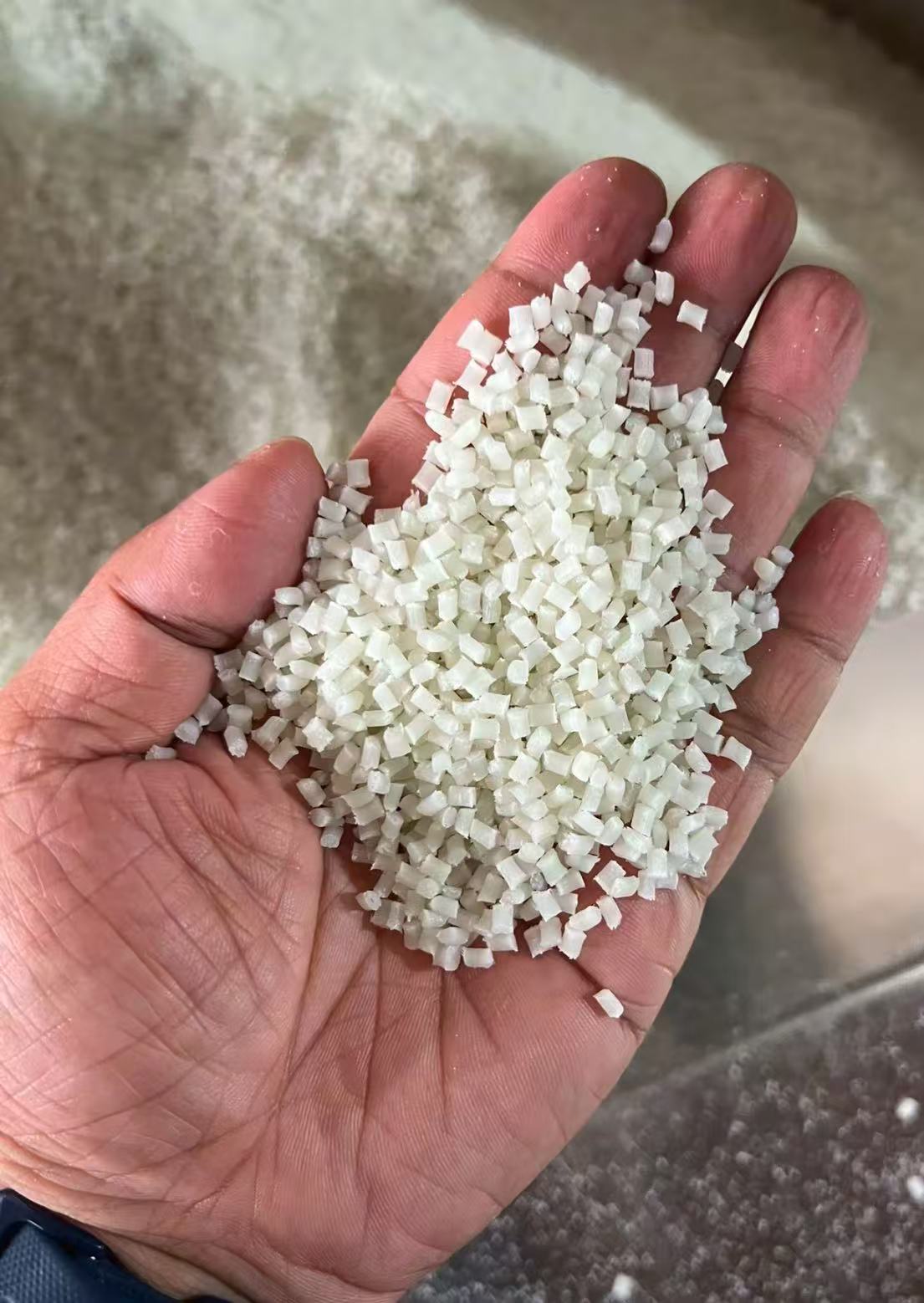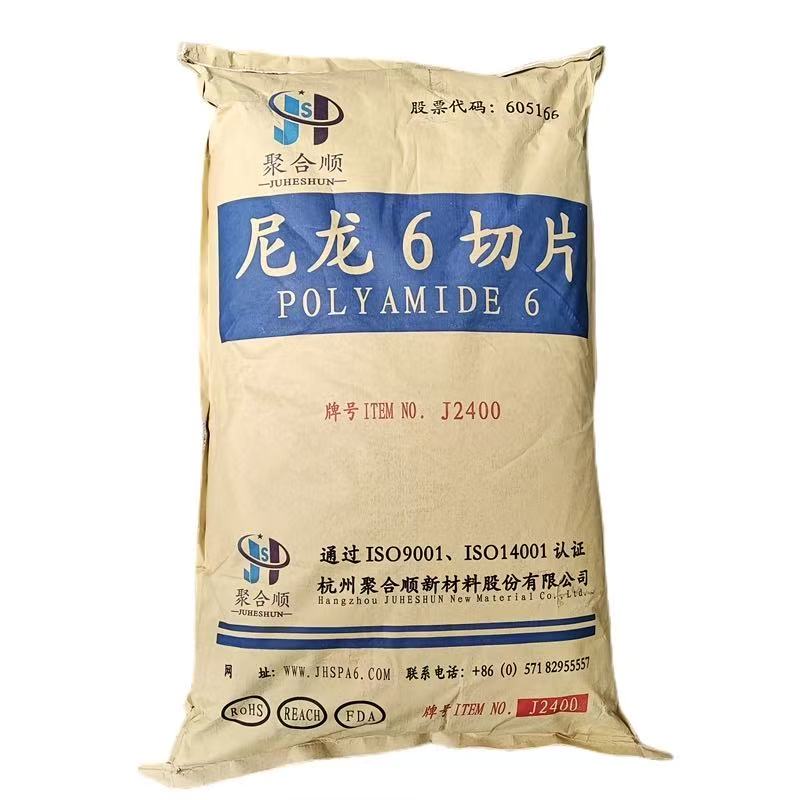Polyamide 6 chips

Polyamide 6 chips
Chinese Name: Polyamide 6 Granules, Polyamide 6
English Name: Polyamide-6 granula
Chemical Formula: -(NH(CH₂)₅CO)-ₙ
CAS Number: 25038-54-4
Performance Characteristics
Basic Information
Chinese Name: Polyamide 6 Granules, Polyamide 6
English Name: Polyamide-6 granula
Chemical Formula: -(NH(CH₂)₅CO)-ₙ
CAS Number: 25038-54-4
Performance Characteristics
Excellent mechanical properties: It has high tensile strength, impact toughness and flexural modulus. Its wear resistance is outstanding among synthetic fibers, being 10 times more wear-resistant than cotton and 20 times more than wool.
Good chemical stability: Resistant to alkali, good corrosion resistance, and has good tolerance to most chemical substances. It can maintain stable performance in different chemical environments.
Good thermal stability: It can maintain good physical properties within a certain temperature range and can be used at higher temperatures. The melting point is 210-220℃, and the decomposition temperature is around 300℃.
Excellent electrical insulation performance: It can be used for electrical insulation materials, effectively preventing current leakage and short circuits.
Excellent moisture absorption: It can better combine with dyes and can be used to produce colorful fiber products. It can also regulate the humidity of the surrounding environment to a certain extent. Product Classification
By viscosity classification: It includes low-viscosity semi-glossy filaments (such as 2.4 viscosity), medium-viscosity glossy filaments (such as 2.8 viscosity), high-viscosity glossy filaments (such as 3.4 viscosity), etc. Ultra-low viscosity 1.8/2.0 and ultra-high viscosity 4.0 filaments belong to niche products.
By application classification: There are fiber-grade filaments, engineering plastic-grade filaments, film-forming-grade filaments, and nylon composite materials, etc. Application fields
Fiber field: Fiber-grade chips can be used for spinning civilian yarns, making underwear, socks, shirts, etc. Their soft feel and good wear resistance make them highly favored by consumers. They can also be used for spinning industrial yarns, such as producing tire cord, canvas thread, parachutes, insulating materials, fishing net yarn, seat belts, etc.
Engineering plastics field: Engineering plastic-grade chips can be used to produce gears, housings, hoses, oil-resistant containers, cable sheaths, and equipment parts for the textile industry of precision machines. Due to their high strength and wear resistance, they can meet the usage requirements of various mechanical components.
Packaging field: Film-forming chips can be used in the packaging industry, such as food packaging and medical packaging. They have good barrier properties and mechanical properties, and can effectively protect the items inside the packaging.
Other fields: Nylon composite materials, including impact-resistant nylon and reinforced high-temperature-resistant nylon, are used to make tools with special requirements, such as reinforced high-temperature-resistant nylon can be used to manufacture impact drills, lawn mowers, etc.
Production process
Polymerization reaction: Using caprolactam as the raw material, a ring-opening polymerization reaction is carried out under high temperature and the action of a catalyst to generate high-molecular-weight poly(caprolactam). Factors such as reaction temperature, pressure, type and dosage of the catalyst have significant influences on the performance indicators of the polymer, such as molecular weight, molecular weight distribution, and crystallinity.
Chip formation: The polymer melt generated by the polymerization reaction is processed through extrusion, cooling, and cutting steps to form uniform chips. Process parameters such as extrusion temperature, cooling speed, and cutting method will affect the shape, size, and performance of the chips.
Heat treatment and post-treatment: Through heat treatment, annealing, and surface treatment processes, the performance of the chips can be further optimized. Heat treatment can increase the crystallinity and mechanical properties of the chips, annealing can eliminate the internal stress of the chips and improve dimensional stability, and surface treatment can improve the surface performance and processing performance of the chips.



